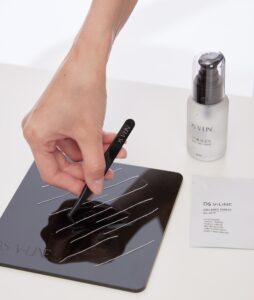
Collagen Threads Before and After: The Revolutionary DS V-LINE Technique
In the world of skincare and anti-aging treatments, collagen threads have become one of the most groundbreaking innovations. Particularly, DS V-LINE collagen threads have set new standards with their needle-free technique and holistic approach. This original method has positioned DS V-LINE as a market leader, especially in the Pre-Aging and Anti-Aging segments. Worldwide, skin experts choose DS V-LINE for its remarkable results in skin rejuvenation. What Are Collagen Threads? Collagen threads are a non-surgical alternative to traditional facelift procedures. DS V-LINE’s technique, unique in the industry, uses high-quality bovine collagen threads that work from the inside out, providing a lifting effect, reducing wrinkles, and improving overall skin texture. The patented DS V-LINE threads stimulate the skin’s natural collagen production, which leads to long-lasting and visible improvements in skin elasticity and firmness. Before and After Results The results of DS V-LINE collagen threads are visible immediately after the first session. Patients report tighter, firmer skin with reduced wrinkles and a youthful glow. In comparison to other non-invasive treatments, the effects are more noticeable after just one treatment, making DS V-LINE’s collagen threads one of the fastest-acting anti-aging methods available. A before-and-after comparison shows significant improvements in skin tone, texture, and tightness, with lasting results that can extend up to a year, depending on the individual’s skin type and lifestyle. Unlike many other treatments that require several sessions for visible results, DS V-LINE delivers quick and effective outcomes in minimal time. Needle-Free and Painless One of the key selling points of DS V-LINE collagen threads is the needle-free application. Unlike traditional thread lifts that involve inserting needles into the skin, DS V-LINE’s technique is completely painless and non-invasive. This makes it a preferred choice for individuals seeking a non-surgical facelift without discomfort or downtime. After the treatment, patients can return to their daily routines without any recovery time, which adds to the convenience and appeal of this procedure. A Holistic Treatment for All Skin Types Another unique feature of DS V-LINE collagen threads is the holistic approach. This treatment is suitable for all skin types and ages, making it an ideal solution for both Pre-Aging (preventing early signs of aging) and Anti-Aging (addressing existing wrinkles and sagging skin). By stimulating the skin’s natural collagen production, DS V-LINE collagen threads do more than just smooth wrinkles—they work to rejuvenate the deeper layers of the skin, leading to a more youthful and radiant complexion. DS V-LINE: The World’s Leading Skin Experts DS V-LINE is recognized globally as a pioneer in collagen thread technology. With experts across Europe, Asia, and the Americas, DS V-LINE is the top choice for those looking to achieve exceptional results in skin rejuvenation. The brand’s commitment to quality and innovation has made it the go-to option for dermatologists and beauty specialists worldwide. Why Choose DS V-LINE Collagen Threads? • Immediate Results: Noticeable improvements after the first session. • Long-lasting Effects: Results can last from six months to a year. • Painless and Non-Invasive: No needles, no surgery, and minimal downtime. • Holistic Skin Rejuvenation: Works on multiple layers of the skin for comprehensive anti-aging benefits. • Trusted by Experts: DS V-LINE specialists are among the most sought-after skincare professionals worldwide. Conclusion DS V-LINE collagen threads offer a gentle, pain-free, and highly effective solution for skin rejuvenation. Whether you are looking to combat the early signs of aging or want a more dramatic anti-aging effect, this technique provides fast and visible results with minimal effort. With its innovative needle-free technology and holistic approach, DS V-LINE continues to lead the market in non-invasive anti-aging treatments. If you’re seeking a safe, effective, and convenient solution to achieve younger-looking skin, DS V-LINE collagen threads are the answer.



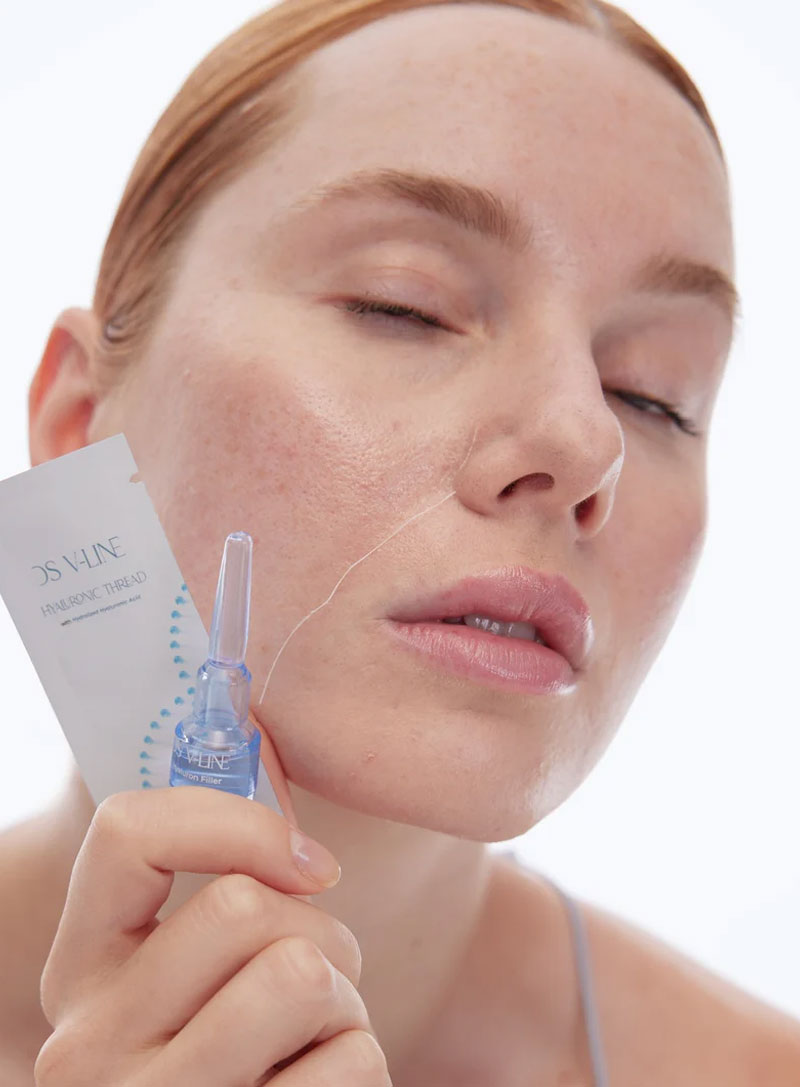


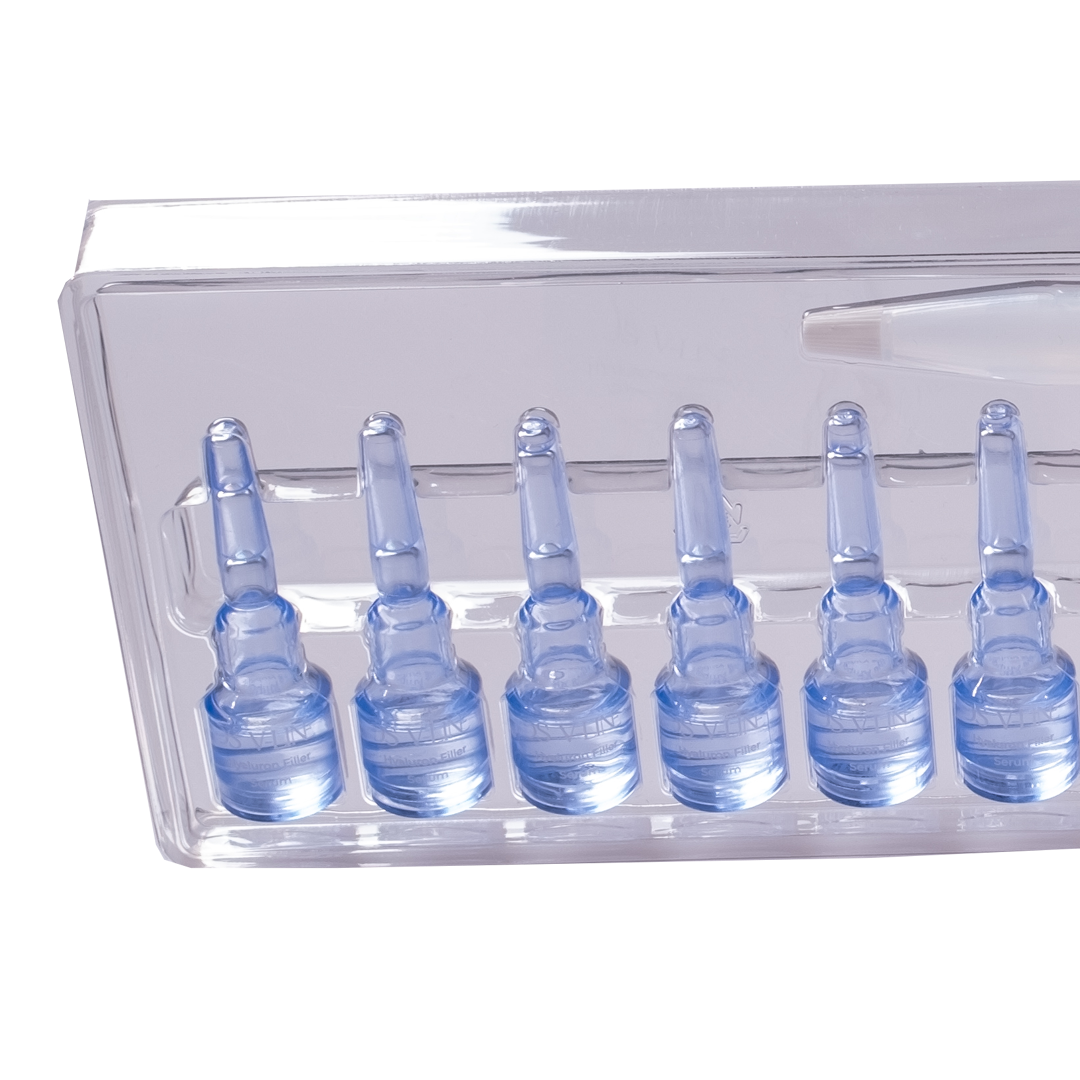

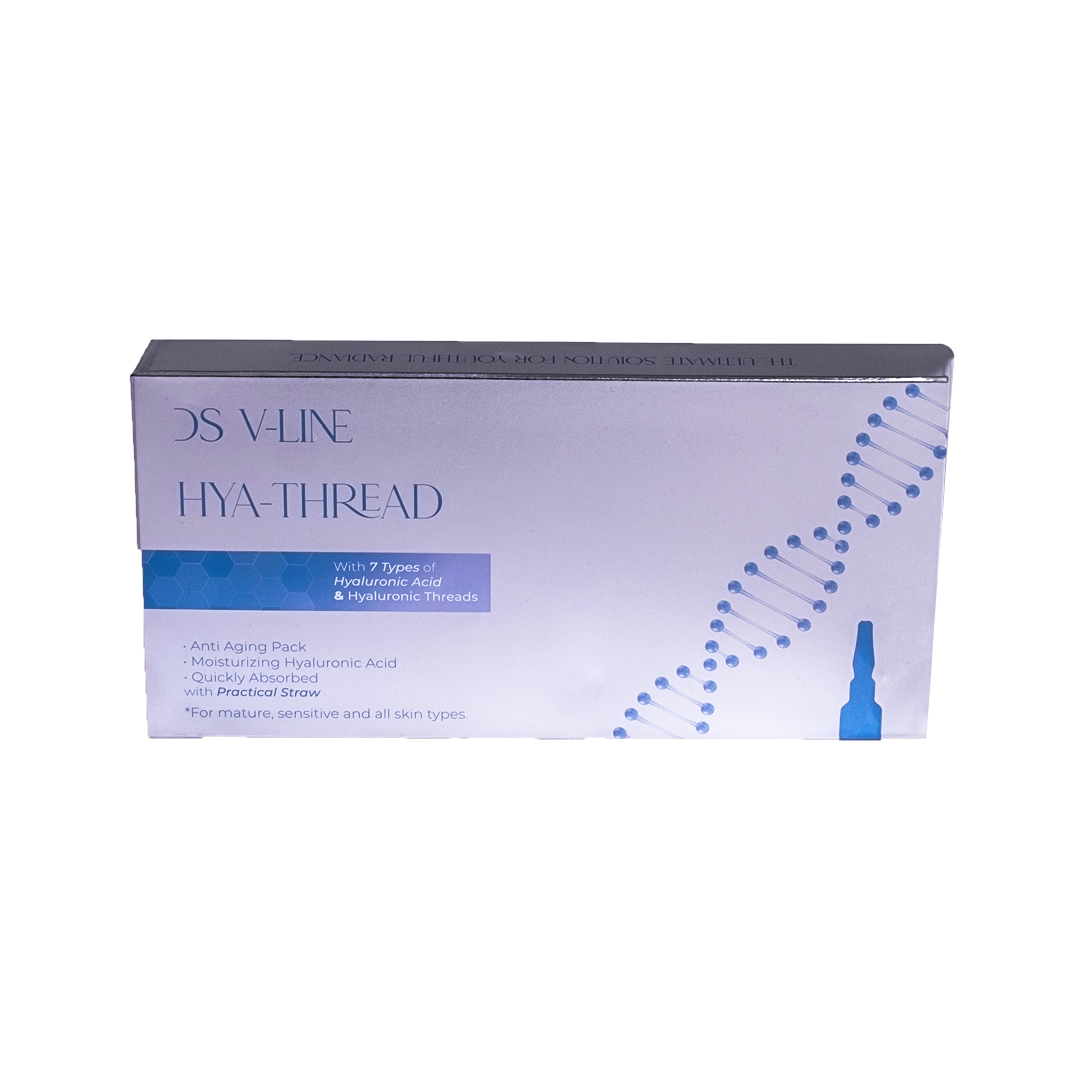
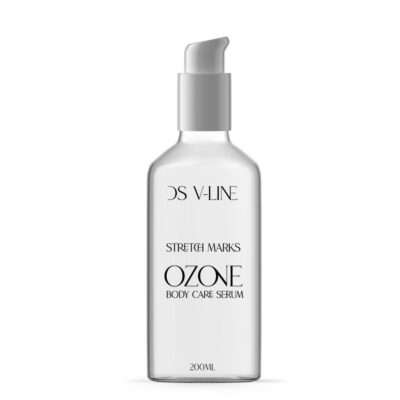
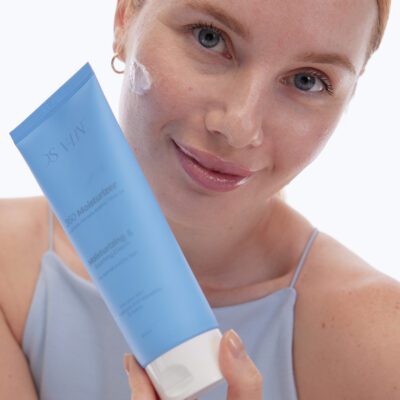
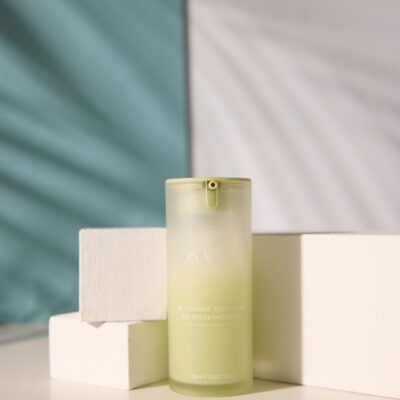



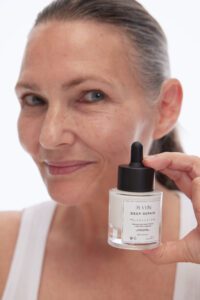

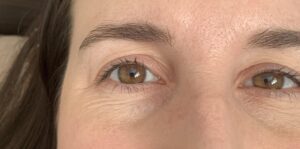
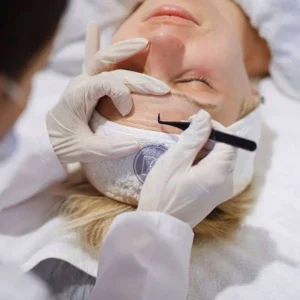

Reviews
There are no reviews yet.